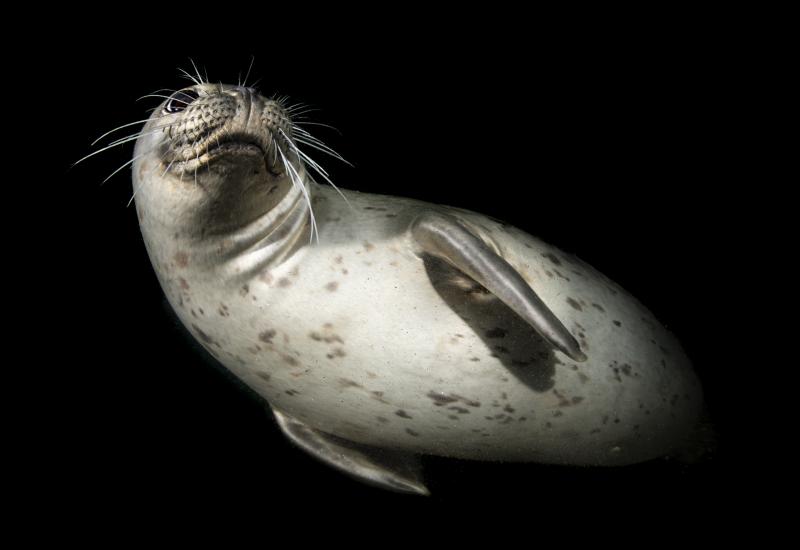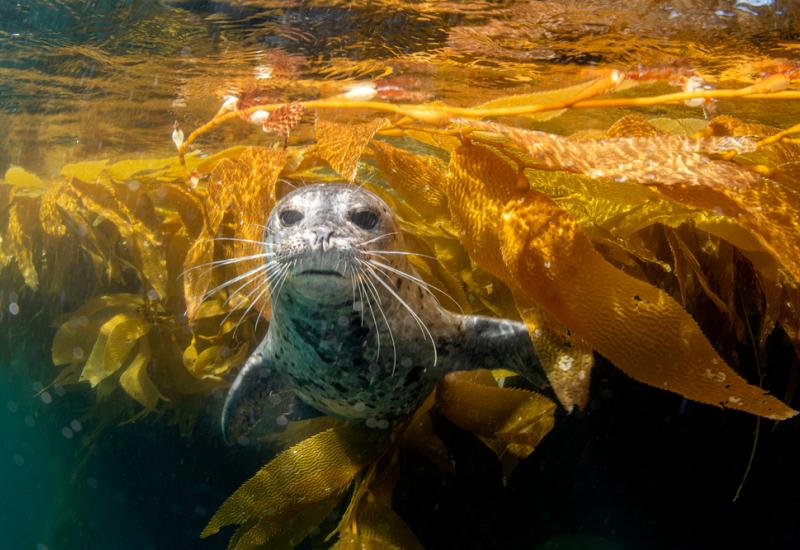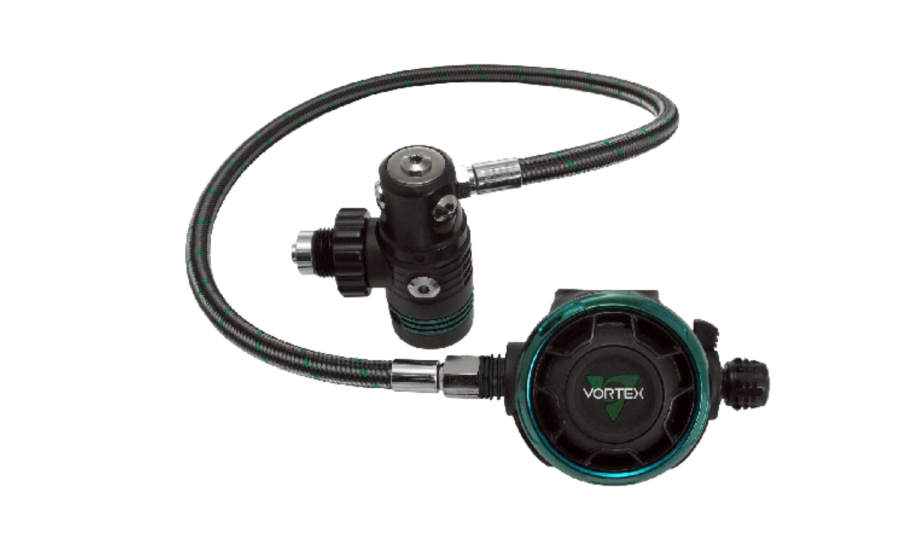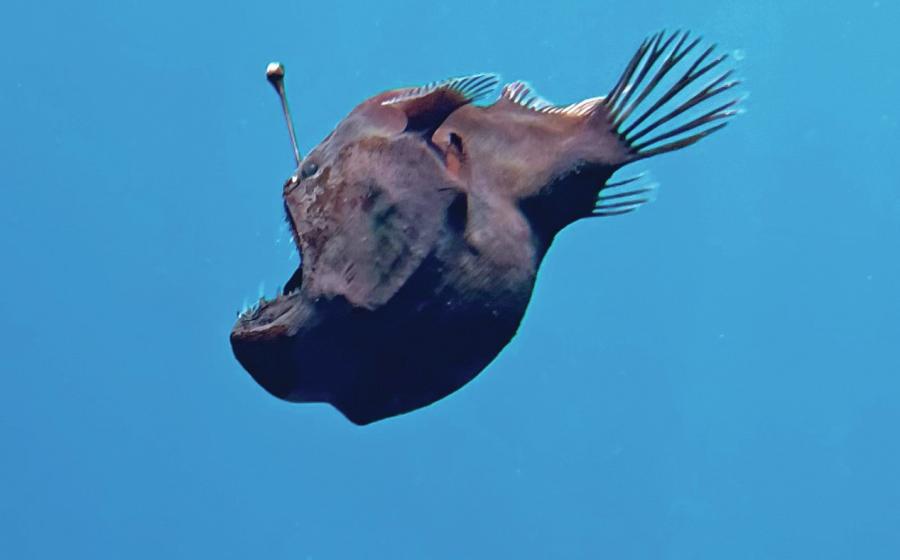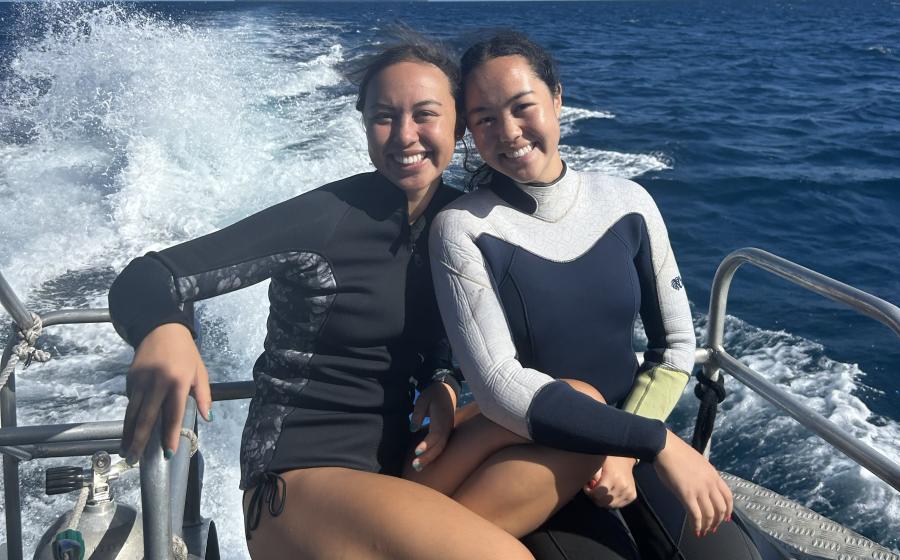Video: Yosemites of the Sea
By Greg Helms, south coast program manager for Ocean Conservancy From the walls and channels of Belize’s Hol Chan Marine Reserve to the corals of Australia’s Great Barrier Reef and the kelp forests of Point Lobos State Natural Reserve in California, it’s no accident that many of the world’s best-loved dive destinations are within marine protected areas (MPAs). By protecting fish and wildlife, MPAs help to restore ocean ecosystems to their full, wild abundance. Most divers don’t need to be told that healthy habitats and lots of big fish make for a great dive, but many are still unaware of the looming threats to favorite dive spots, such as California’s La Jolla and Catalina Island. While many of the world’s iconic underwater treasures have been protected, some much closer to home are still at risk from fishing, habitat destruction and climate change.
Overfishing and pollution don’t just ruin a dive — they threaten our planet. The ocean is the engine that drives our climate. It is our life support system, providing much of the air we breathe, the food we eat and the resources we depend on for life every day. Scientists advise us that marine protected areas are a powerful tool in addressing a range of ocean threats. Preserving these pristine places strengthens the ocean’s immune system, enabling it to withstand threats like oil spills and global warming. Yet while 12 percent of the land on Earth has been set aside as parks, wildlife refuges and wilderness areas, less than 1 percent of the ocean has been similarly protected. California is leading efforts in the United States to safeguard its reefs, canyons and kelp forests by creating a network of Yosemites of the Sea. The dive community’s support is critical to the success of this landmark effort. In 1999, California adopted the Marine Life Protection Act (MLPA), which requires the state to develop a science-based network of marine protected areas along the coastline. Unlike in traditional single-species management, MPAs focus on overall ecosystem protection to foster healthy habitats and natural diversity. California turned to scientific and policy experts and ocean users themselves to help with this challenging task. Committees made up of sport and commercial fishermen, divers, conservationists and other community members have come together to identify the best places to include in new protections. MPAs put in place in the northern Channel Islands in 2003 already show benefits. Divers report better diving, and scientists have documented why: More abundant and larger fish are growing within the protected areas. A study conducted by the Partnership for Interdisciplinary Studies of Coastal Oceans (PISCO) and Channel Islands National Park — Kelp Forest Monitoring (NPS-KFM) program monitored kelp forests inside and outside of marine reserves around the northern Channel Islands. The study found that the biomass of kelp bass within the MPA increased by 70 percent and the biomass of lingcod increased a whopping 450 percent inside the MPA. In the first of four California coastal regions treated under the Marine Life Protection Act, MPAs went into effect around the greater Monterey Bay area in September 2007, including at popular dive sites like the Carmel Pinnacles and the Monterey Breakwater. And from south of San Francisco to the Mendocino Coast, new marine protected areas were established this past spring. Efforts to create new marine protected areas in southern California are under way now. A compromise plan for new southern California MPAs will be considered and voted on by California’s Fish and Game Commission as this article goes to print. Dive sites like Naples Reef in Santa Barbara County and La Jolla Reef in San Diego are proposed for new protection. Making this plan a reality will depend on the active engagement of those who know and value the fragile web of life in southern California waters. With its enormous coastal population and diverse ocean users, the south coast will be the most challenging and critical region to date. In some cases, divers, conservationists and fishermen disagree on which areas to protect and which to leave open to fishing. But the long-term benefits speak for themselves, and the need for ocean habitat protection is abundantly clear to divers who have seen disturbing changes to their favorite places, and to anglers whose catches are getting smaller. Marine protected areas are a smart investment for the state’s economy as well: Commercial fish landings have declined dramatically in recent years, but ocean-related recreational activities like diving are on the rise, attracting millions of visitors to the south coast each year. A well-designed MPA network in southern California will help restore depleted fisheries and enhance diving, tide-pooling and other wildlife-viewing opportunities. In spite of these benefits and the widespread public support for ocean protection, opposition to MPAs has been vocal, with some fishermen unwilling to support much-needed protections. California’s fourth coastal area being considered for new MPAs is the north coast, from Mendocino to the Oregon border. Here, fishermen, divers and conservation organizations are working together to share knowledge, discuss options and prepare plans to complete the network of MPAs along the state’s 1,100-mile coast. (San Francisco Bay is the final region in the MLPA process.) With the help of concerned citizens, conservationists and divers, we hope to have the southern California MPA in place by spring 2011.
Four Ways to Make Your Voice Heard
- Sign up as an Ocean Conservancy activist ( www.oceanconservancy.org/signup ) and get involved today by signing the petition asking California’s Fish and Game Commission to approve the conservation MPA proposal.
- Stay informed by checking out caloceans.org for upcoming public meetings, letter-writing opportunities and more.
- Sign up to clean a beach during the 25th annual International Coastal Cleanup on Sept. 25 by visiting oceanconservancy.org/cleanup.
- Join the conversation on Facebook ( www.facebook.com/oceanconservancy ) and be sure to follow us on Twitter ( www.twitter.com/ourocean ) for all the latest ocean-related news and action opportunities.
By Greg Helms, south coast program manager for Ocean Conservancy From the walls and channels of Belize’s Hol Chan Marine Reserve to the corals of Australia’s Great Barrier Reef and the kelp forests of Point Lobos State Natural Reserve in California, it’s no accident that many of the world’s best-loved dive destinations are within marine protected areas (MPAs). By protecting fish and wildlife, MPAs help to restore ocean ecosystems to their full, wild abundance. Most divers don’t need to be told that healthy habitats and lots of big fish make for a great dive, but many are still unaware of the looming threats to favorite dive spots, such as California’s La Jolla and Catalina Island. While many of the world’s iconic underwater treasures have been protected, some much closer to home are still at risk from fishing, habitat destruction and climate change.
Overfishing and pollution don’t just ruin a dive — they threaten our planet. The ocean is the engine that drives our climate. It is our life support system, providing much of the air we breathe, the food we eat and the resources we depend on for life every day. Scientists advise us that marine protected areas are a powerful tool in addressing a range of ocean threats. Preserving these pristine places strengthens the ocean’s immune system, enabling it to withstand threats like oil spills and global warming. Yet while 12 percent of the land on Earth has been set aside as parks, wildlife refuges and wilderness areas, less than 1 percent of the ocean has been similarly protected. California is leading efforts in the United States to safeguard its reefs, canyons and kelp forests by creating a network of Yosemites of the Sea. The dive community’s support is critical to the success of this landmark effort. In 1999, California adopted the Marine Life Protection Act (MLPA), which requires the state to develop a science-based network of marine protected areas along the coastline. Unlike in traditional single-species management, MPAs focus on overall ecosystem protection to foster healthy habitats and natural diversity. California turned to scientific and policy experts and ocean users themselves to help with this challenging task. Committees made up of sport and commercial fishermen, divers, conservationists and other community members have come together to identify the best places to include in new protections. MPAs put in place in the northern Channel Islands in 2003 already show benefits. Divers report better diving, and scientists have documented why: More abundant and larger fish are growing within the protected areas. A study conducted by the Partnership for Interdisciplinary Studies of Coastal Oceans (PISCO) and Channel Islands National Park — Kelp Forest Monitoring (NPS-KFM) program monitored kelp forests inside and outside of marine reserves around the northern Channel Islands. The study found that the biomass of kelp bass within the MPA increased by 70 percent and the biomass of lingcod increased a whopping 450 percent inside the MPA. In the first of four California coastal regions treated under the Marine Life Protection Act, MPAs went into effect around the greater Monterey Bay area in September 2007, including at popular dive sites like the Carmel Pinnacles and the Monterey Breakwater. And from south of San Francisco to the Mendocino Coast, new marine protected areas were established this past spring. Efforts to create new marine protected areas in southern California are under way now. A compromise plan for new southern California MPAs will be considered and voted on by California’s Fish and Game Commission as this article goes to print. Dive sites like Naples Reef in Santa Barbara County and La Jolla Reef in San Diego are proposed for new protection. Making this plan a reality will depend on the active engagement of those who know and value the fragile web of life in southern California waters. With its enormous coastal population and diverse ocean users, the south coast will be the most challenging and critical region to date. In some cases, divers, conservationists and fishermen disagree on which areas to protect and which to leave open to fishing. But the long-term benefits speak for themselves, and the need for ocean habitat protection is abundantly clear to divers who have seen disturbing changes to their favorite places, and to anglers whose catches are getting smaller. Marine protected areas are a smart investment for the state’s economy as well: Commercial fish landings have declined dramatically in recent years, but ocean-related recreational activities like diving are on the rise, attracting millions of visitors to the south coast each year. A well-designed MPA network in southern California will help restore depleted fisheries and enhance diving, tide-pooling and other wildlife-viewing opportunities. In spite of these benefits and the widespread public support for ocean protection, opposition to MPAs has been vocal, with some fishermen unwilling to support much-needed protections. California’s fourth coastal area being considered for new MPAs is the north coast, from Mendocino to the Oregon border. Here, fishermen, divers and conservation organizations are working together to share knowledge, discuss options and prepare plans to complete the network of MPAs along the state’s 1,100-mile coast. (San Francisco Bay is the final region in the MLPA process.) With the help of concerned citizens, conservationists and divers, we hope to have the southern California MPA in place by spring 2011.
Four Ways to Make Your Voice Heard
- Sign up as an Ocean Conservancy activist ( www.oceanconservancy.org/signup ) and get involved today by signing the petition asking California’s Fish and Game Commission to approve the conservation MPA proposal.
- Stay informed by checking out caloceans.org for upcoming public meetings, letter-writing opportunities and more.
- Sign up to clean a beach during the 25th annual International Coastal Cleanup on Sept. 25 by visiting oceanconservancy.org/cleanup.
- Join the conversation on Facebook ( www.facebook.com/oceanconservancy ) and be sure to follow us on Twitter ( www.twitter.com/ourocean ) for all the latest ocean-related news and action opportunities.

